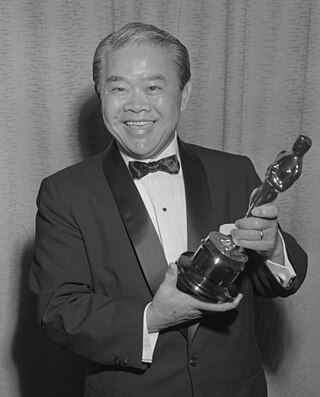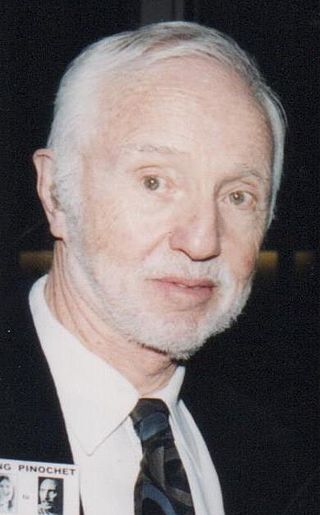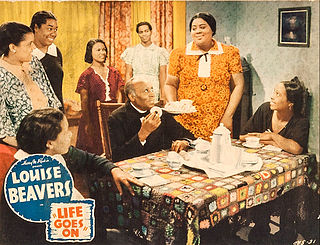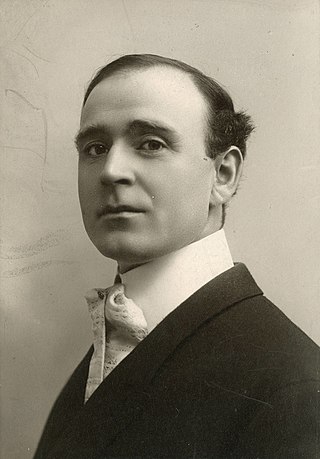Related Research Articles

William Wallace Halleck Reid was an American actor in silent film, referred to as "the screen's most perfect lover". He also had a brief career as a racing driver.

Wong Tung Jim, A.S.C. (Chinese: 黃宗霑; August 28, 1899 – July 12, 1976), known professionally as James Wong Howe (Houghto), was a Chinese-born American cinematographer who worked on over 130 films. During the 1930s and 1940s, he was one of the most sought after cinematographers in Hollywood due to his innovative filming techniques. Howe was known as a master of the use of shadow and one of the first to use deep-focus cinematography, in which both foreground and distant planes remain in focus.

Haskell Wexler was an American cinematographer, film producer, and director. Wexler was judged to be one of film history's ten most influential cinematographers in a survey of the members of the International Cinematographers Guild. He won the Academy Award for Best Cinematography twice, in 1966 and 1976, out of five nominations. In his obituary in The New York Times, Wexler is described as being "renowned as one of the most inventive cinematographers in Hollywood."

Madame Sul-Te-Wan was the first African-American actress to sign a film contract and be a featured performer. She was an American stage, film and television actress for over 50 years. The daughter of former slaves, she began her career in entertainment touring the East Coast with various theatrical companies and moved to California to become a member of the fledgling film community. She became known as a character actress, appeared in high-profile films such as The Birth of a Nation (1915) and Intolerance (1916), and easily navigated the transition to the sound films.

Noble Johnson, later known as Mark Noble, was an American actor and film producer. He appeared in films such as The Mummy (1932), The Most Dangerous Game (1932), King Kong (1933) and Son of Kong (1933).

The Lincoln Motion Picture Company was an American film production company founded in 1916 by Noble Johnson and George Perry Johnson. Noble Johnson was president of the company, and the secretary was actor Clarence A. Brooks. Dr. James T. Smith was treasurer, and Dudley A. Brooks was the assistant secretary. The company is known as the first producer of race movies. Established in Omaha, Nebraska, the company relocated to Los Angeles the following year. It remained in operation until 1923, closing shortly after announcing a final project, The Heart of a Negro. The point of the creation of Lincoln's was to eliminate the stereotypical roles of "slapstick comedy" in Hollywood at the time for Black actors and actresses. "best advertised and most widely known Race Corporation in the world" is the famous slogan for the company.

Isaac Lolette Jones was an American film producer and actor. In June 1953, he became the first Black American graduate of the UCLA School of Theater, Film and, Television and the first Black American to serve as a producer on a major motion picture.

Kenneth Alexander was a photographer for United Artists, 20th Century Studios and Samuel Goldwyn Productions. He was known for his celebrity portraiture, photographing such stars as Marlene Dietrich, Lillian Gish, Betty Blythe, and Vilma Bánky.

Safiya Umoja Noble is a professor at UCLA, and is the co-founder and co-director of the UCLA Center for Critical Internet Inquiry. She is the author of Algorithms of Oppression, and co-editor of two edited volumes: The Intersectional Internet: Race, Sex, Class and Culture and Emotions, Technology & Design. She is a research associate at the Oxford Internet Institute at the University of Oxford. She was appointed a Commissioner to the University of Oxford Commission on AI and Good Governance in 2020. In 2020 she was nominated to the Global Future Council on Artificial Intelligence for Humanity at the World Economic Foundation.
Equitable Motion Picture Company was a short-lived but influential silent film company. It was launched in 1915. It was headed by Arthur Spiegel. It distributed its films through William A. Brady's World Film Company. It was acquired by World Film in 1916, with the agreement signed on January 29, 1916, afterwards it was consolidated under Brady's control.

Harold Holland was a British theatre and silent film actor and playwright. He was born in Bloomsbury, London. He played Dr. Rogers in the 1913 film Riches and Rogues, and took the lead role of Dr. Thomas "Tom" Flynn in the 1914 comedy The Lucky Vest. After having worked on Charlie Chaplin films including Shanghaied and The Bank in 1915, he was hired by the Morosco Photoplay Company in 1916 as it expanded.
Gilbert P. Hamilton was an American film company executive and director. He worked at Essanay as a cinematographer, headed the St. Louis Motion Picture Company, and then launched the Albuquerque Film Manufacturing Company.

Astra Film Corp was an American film production company that produced silent films. Louis J. Gasnier was the company's president. George B. Seitz co-founded it. It was making films by 1916. It became Louis J. Gasnier Productions after Seitz left.

Edwin Middleton (1865–1929) was a film director in the United States.

Leo C. Popkin (1914–2011) was a film director and producer in the United States. His brother Harry M. Popkin was the executive producer of Million Dollar Productions, a partnership that included Ralph Cooper.
Georgia Rose was a 1930 film. It was directed by Harry Gant and stars Clarence Brooks. It followed the 1928 film Absent with Brooks as its star.

William Robert Daly was an actor and director of silent films in the U.S.
George Perry Johnson was a film producer, writer, and newsreel producer in the United States. He produced Lincoln Motion Picture Company films with his brother Noble Johnson and later produced newsreels for African American audiences.

The Trooper of Troop K is a Lincoln Motion Picture Company film produced in 1917, directed by Harry A. Gant and starring Noble Johnson. It was the production company's second film.
Lillian Cumber was an African American columnist, gospel music group booking agent, and an agent for actors in Hollywood. She represented African American actors. She was inducted into the Black Filmmakers Hall of Fame in 1974.
References
- ↑ Gant, Harry Arthur (22 September 2009). I Saw Them Ride Away:Memoirs of Harry Arthur Grant. ISBN 9781441402349 . Retrieved July 21, 2020.
- ↑ Reid, Mark A.; Reid, Reviewer Mark A. (February 23, 1993). Redefining Black Film. University of California Press. ISBN 9780520079021 – via Google Books.
- ↑ Garcia, Desirée J. (August 1, 2014). The Migration of Musical Film: From Ethnic Margins to American Mainstream. Rutgers University Press. ISBN 9780813574271 – via Google Books.
- ↑ "Brothers Became Film Pioneers". Los Angeles Times. September 13, 1998.
- ↑ "Noble Johnson and Harry Gant [photograph]| UCLA". dl.library.ucla.edu.